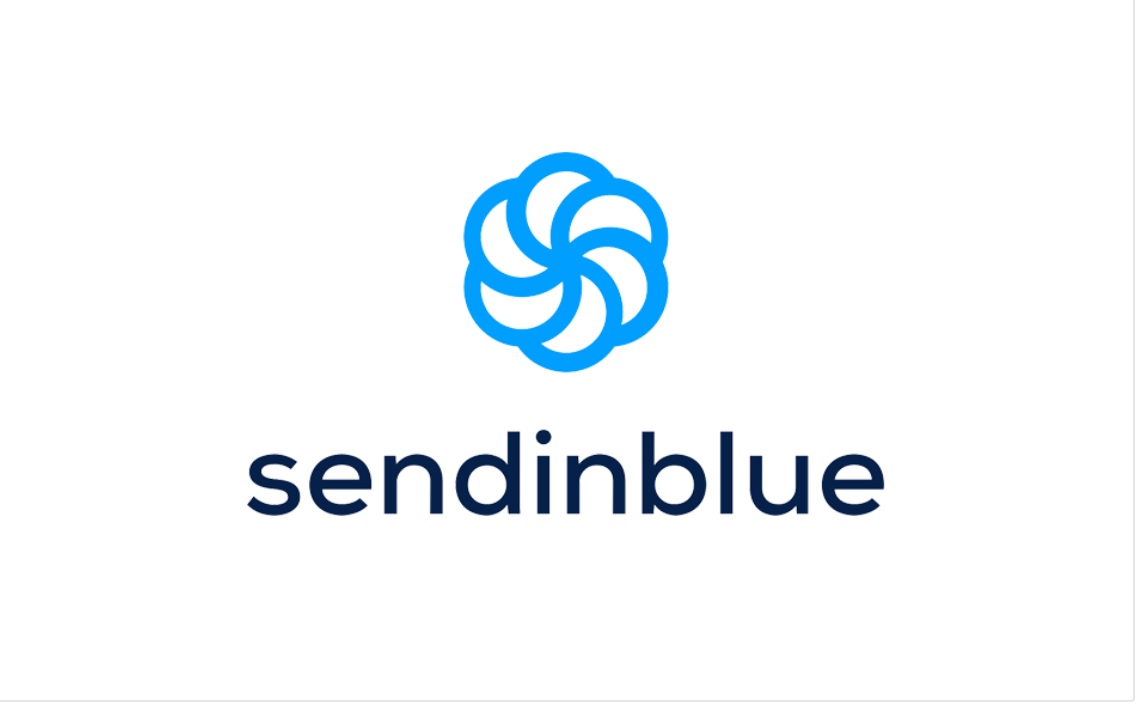As someone who has worked in digital marketing for several years, I know that web scraping can be incredibly valuable tools for businesses. By using these techniques, you can collect large amounts of data about potential customers, allowing you to create more targeted and effective marketing campaigns. In this guide, I’ll provide an in-depth overview of web scraping , including how it works, legal considerations, best practices, and case studies.
Introduction to email research
Email marketing is one of the most effective ways to reach potential customers, with an average return on investment of 4400%. To run effective email marketing campaigns, you need to have a large list of email addresses. This is where web scraping comes in. Web scraping is the process of extracting email addresses from different sources, such as websites, social media platforms, and directories.
What is Web Scraping?
Web scraping is the process of extracting data from websites. It can be text, images and other types of content. Web scraping is often used for data mining, market research, and lead generation purposes. The process involves using software to extract data from websites and then storing that data in a structured format.
Is Web Scraping Legal?
While web scraping can be a valuable tool for businesses, it’s important to understand that not all web scraping is legal. In general, web scraping is legal as long as it is done ethically and in compliance with applicable laws. However, in some situations, web scraping may be illegal, especially when it involves stealing copyrighted material or violating website terms of service.
Email Recovery Techniques
Several different techniques can be used to extract information from websites. One of them is to use a tool for recovering email addresses from web pages. These tools are designed to extract email addresses from websites and can be very effective when used correctly.
Another technique for extracting information is to search for it manually on websites. This involves visiting individual websites and looking up contact information, such as email addresses or phone numbers. While this approach can be time-consuming, it can also be very effective, especially for businesses targeting a specific audience.
What is the purpose of Web Scraping?
The purpose of web scraping is to collect data that can be used for various purposes, such as market research, lead generation, and data analysis. By collecting data from websites, businesses can gain valuable insight into customer behavior, preferences and needs. This information can then be used to create more targeted and effective marketing campaigns.
How Does Web Scraping Work?
Web scraping works by using robots or computer programs to extract data from websites. Bots can be programmed to extract specific data, such as email addresses or phone numbers, and store it in a structured format for later use.
Basic Web Scraping Process
The basic web scraping process involves several steps. First, you need to identify the websites you want to recover. To do this, you can use different tools, such as Google search or social media platforms. Once you’ve identified the websites, you need to decide what type of data you want to extract, such as email addresses or phone numbers.
Next, you need to choose a web scraping tool or software. There are many different tools, ranging from simple browser extensions to more complex software. Once you choose a tool, you need to configure it to extract the data you want.
Finally, you need to run the web scraper and extract data from websites. The data can then be stored in a structured format, such as a spreadsheet or database.
Legal considerations for email recovery
When using email recovery techniques, it is important to consider the legal implications. In general, it is legal to extract email addresses from websites as long as it is done ethically and in accordance with applicable laws. However, in certain situations, the extraction of email addresses may be illegal, for example when it involves violating a website’s terms of service.
It is also important to consider the privacy concerns of the people whose email addresses are extracted. In some cases, it may be necessary to obtain people’s consent before extracting their email address.
When to use Web Scraping?
Web scraping can be used in a variety of situations, such as market research, lead generation, and data analysis. It’s especially useful for businesses targeting a specific audience, as it allows them to collect large amounts of data about potential customers.
Best practices for email recovery
When using email scraping techniques, it’s important to follow best practices to ensure that the data you collect is accurate and relevant. Here are some of these best practices:
- using a reliable web scraping tool
- Be transparent about your data collection practices
- Obtain the consent of the people whose data you collect
- Avoid the collection of sensitive or personal information
- Regularly update your data to ensure its accuracy
What are the different tools for recovering emails?
There are many tools available to retrieve emails from websites. Some of the most popular options include
- So Contact
- Hunter
- Snov.io
- That’s Norbert
- Clearbit Connect
Each of these tools has its own characteristics and capabilities, so it is important to choose the one that best suits your needs.
Using Recovered Emails for Business Success
Once you have collected a list of email addresses, you can use them for various marketing purposes. For example, you can use email marketing campaigns to promote your products or services, or you can use the email addresses to create targeted advertising campaigns on social media platforms.
By using recovered emails, you can create more targeted and effective marketing campaigns, which can lead to increased sales and revenue for your business.
Email Recovery Case Studies
There are many examples of companies that have successfully used email recovery techniques to improve their marketing efforts. For example, a marketing agency specializing in email marketing used email harvesting to create a list of targeted email addresses for a client in the healthcare industry. The resulting email campaign achieved a 25% open rate and a 5% click-through rate, resulting in increased sales for the client.
Another example is that of a software publisher who used email scraping to create a list of potential customers for a new product launch. The resulting email campaign had a 20% conversion rate, resulting in significant revenue for the company.
Email Recovery Services
If you don’t have the time or resources to implement email recovery techniques yourself, there are many email recovery services available. These services can support all aspects of email recovery, from identifying websites to retrieving email addresses and storing data in a structured format.
Conclusion
Web scraping can be an extremely valuable tool for businesses because it allows them to collect large amounts of data about potential customers. However, it is important to understand the legal considerations and best practices associated with these techniques to ensure that your data collection practices are ethical and effective. By following the guidelines outlined in this guide, you will be able to maximize your marketing potential and ensure the success of your business by contacting soContatct.
What is Web Scraping?
Why is Web Scraping important for marketing?
Is Web Scraping Legal?
What are the most popular web scraping tools?
How can you use web scraping data to improve your marketing?
What are the benefits of web scraping for marketing?










